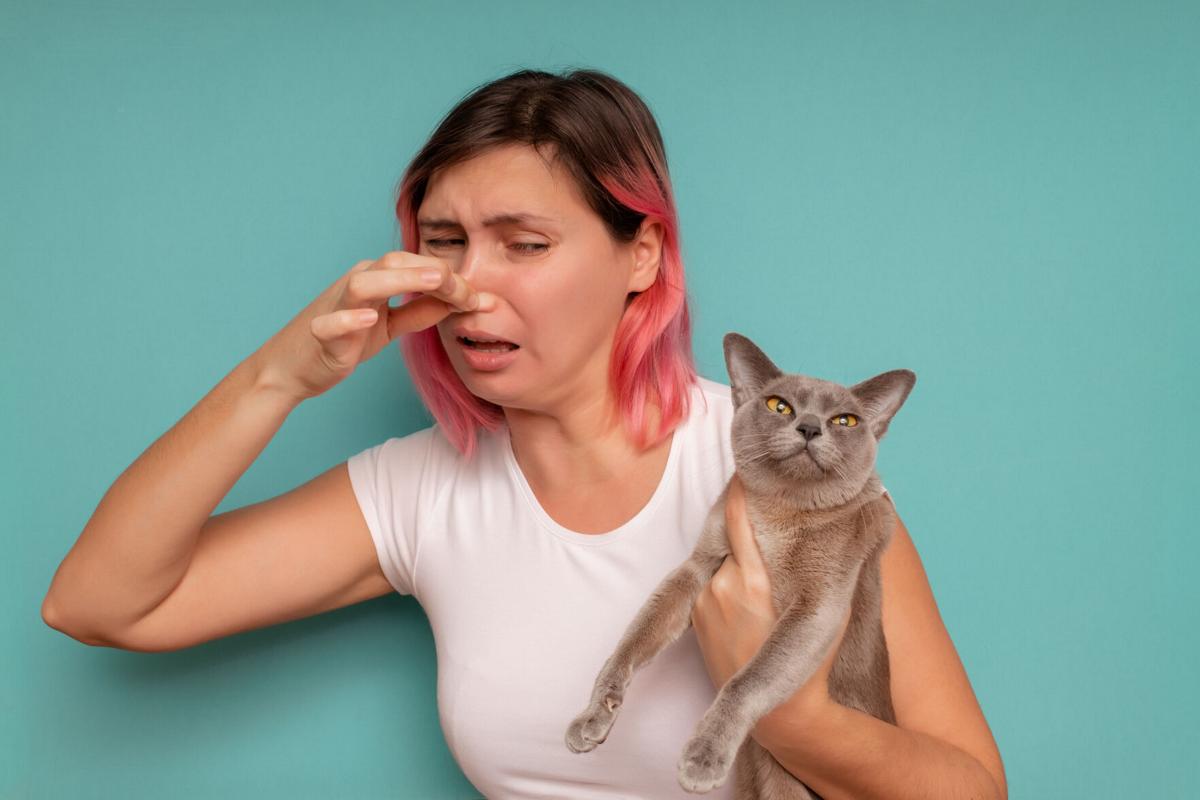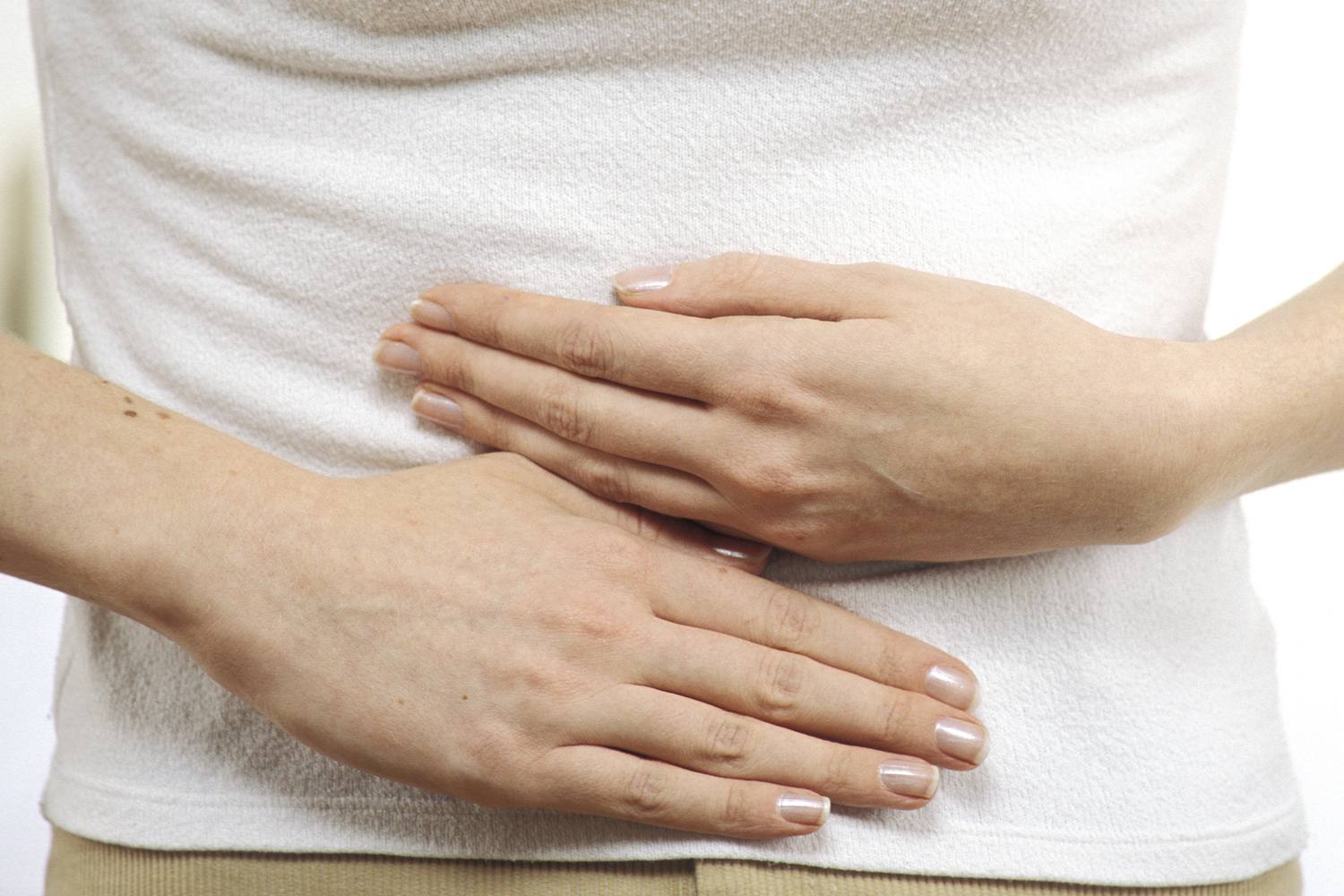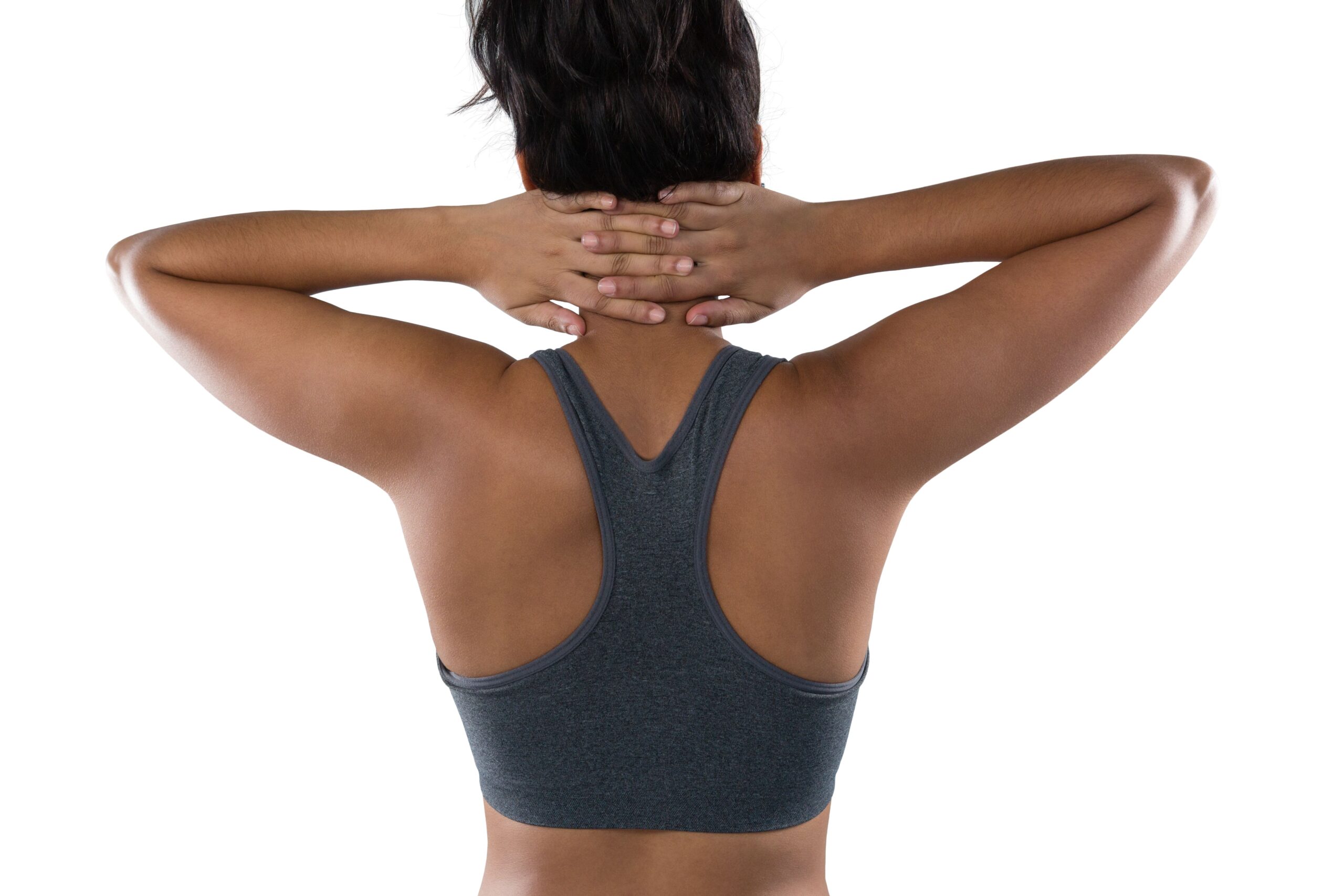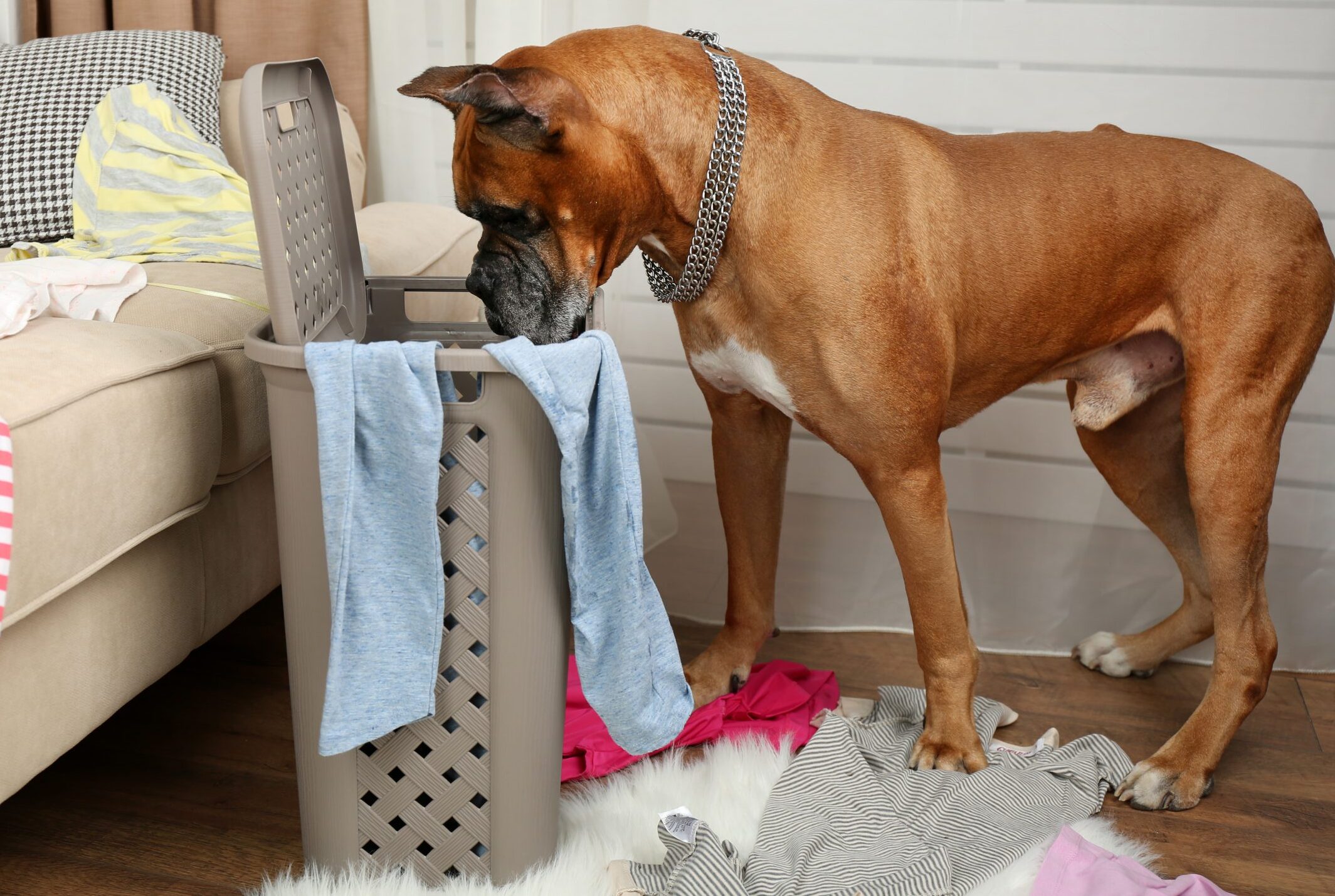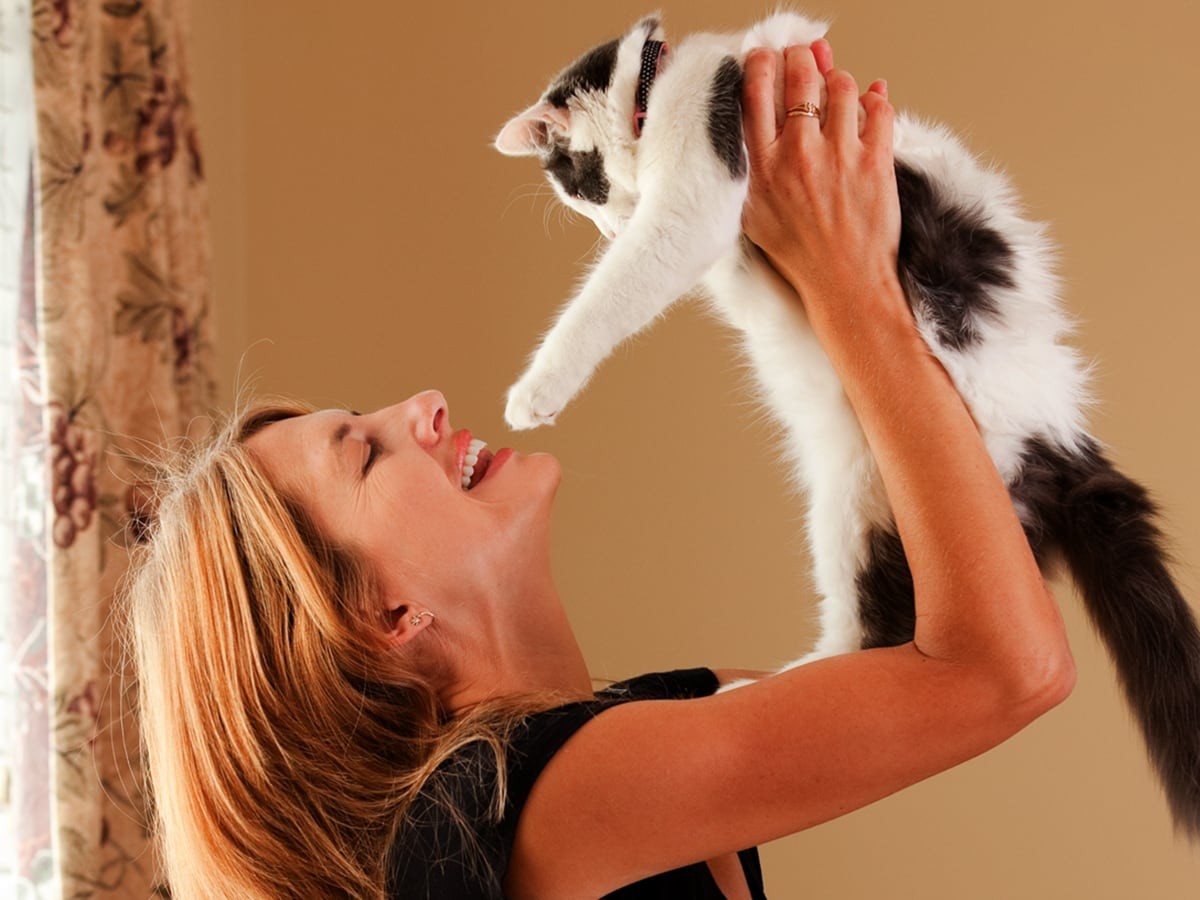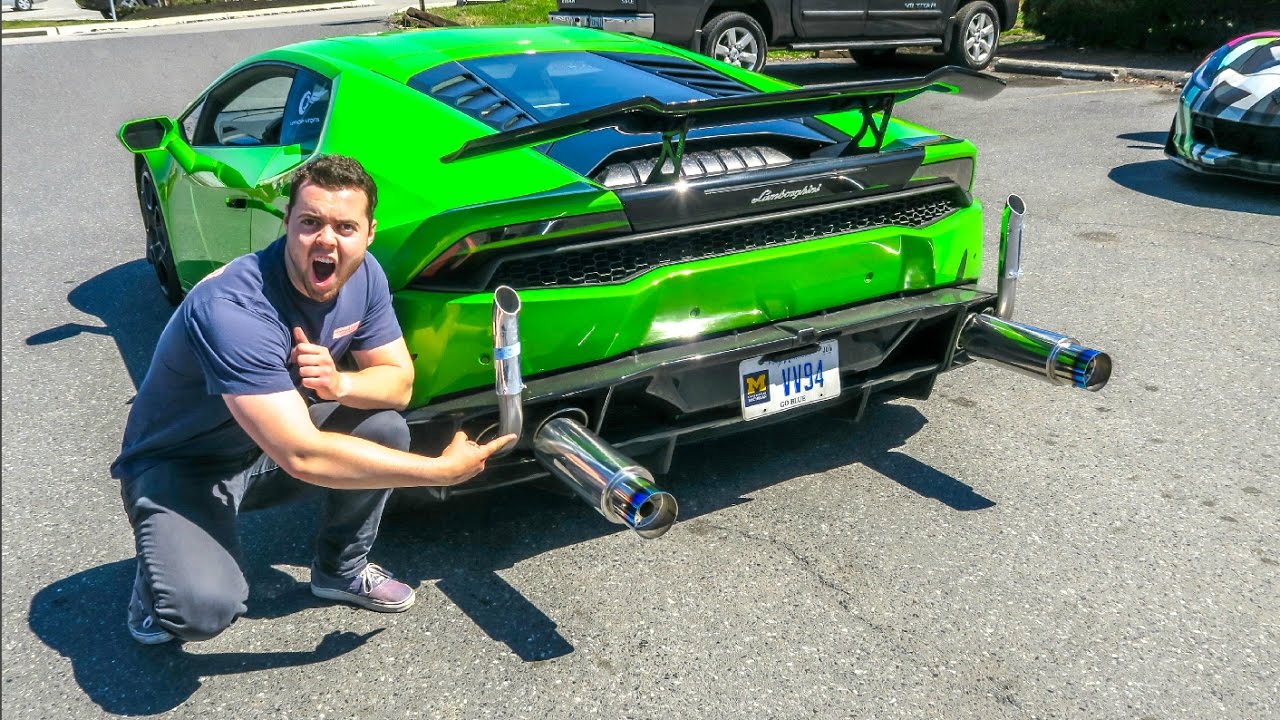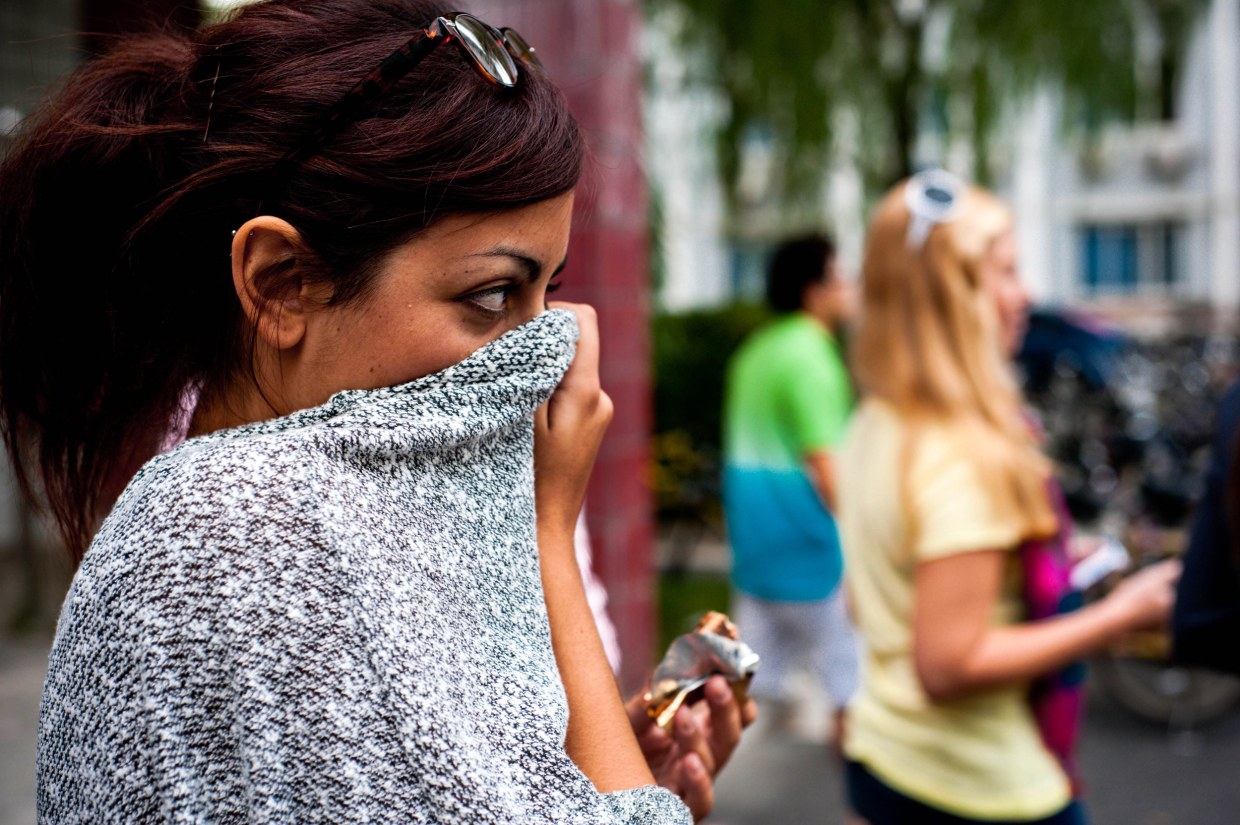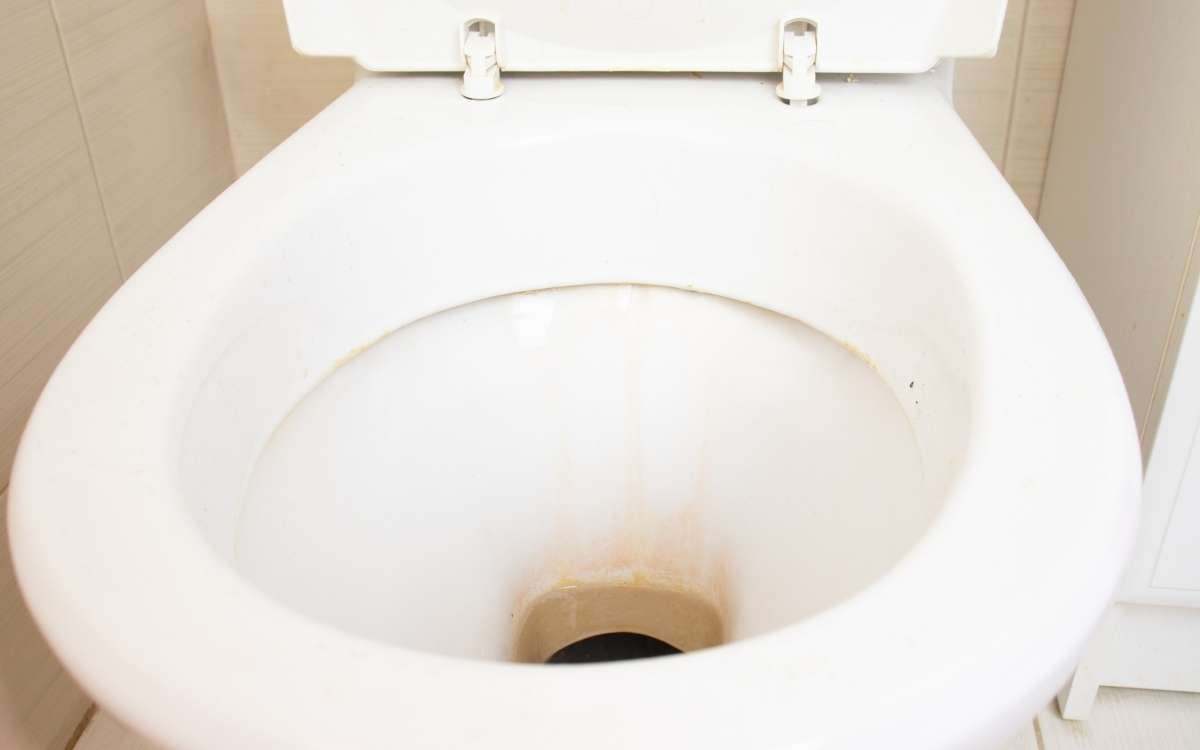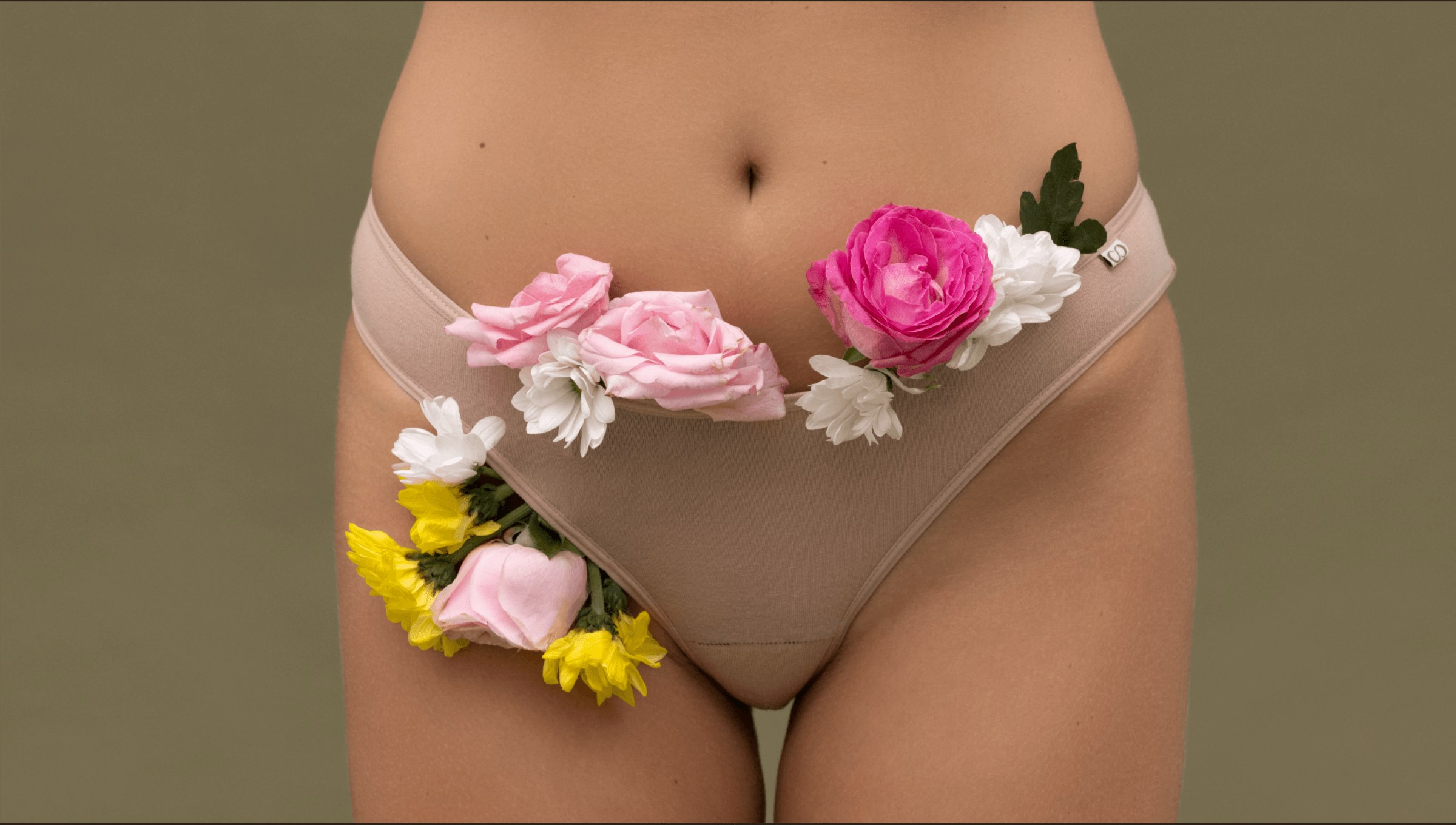Home>Women's Underwear>Bras>Why Does My Bra Ride Up
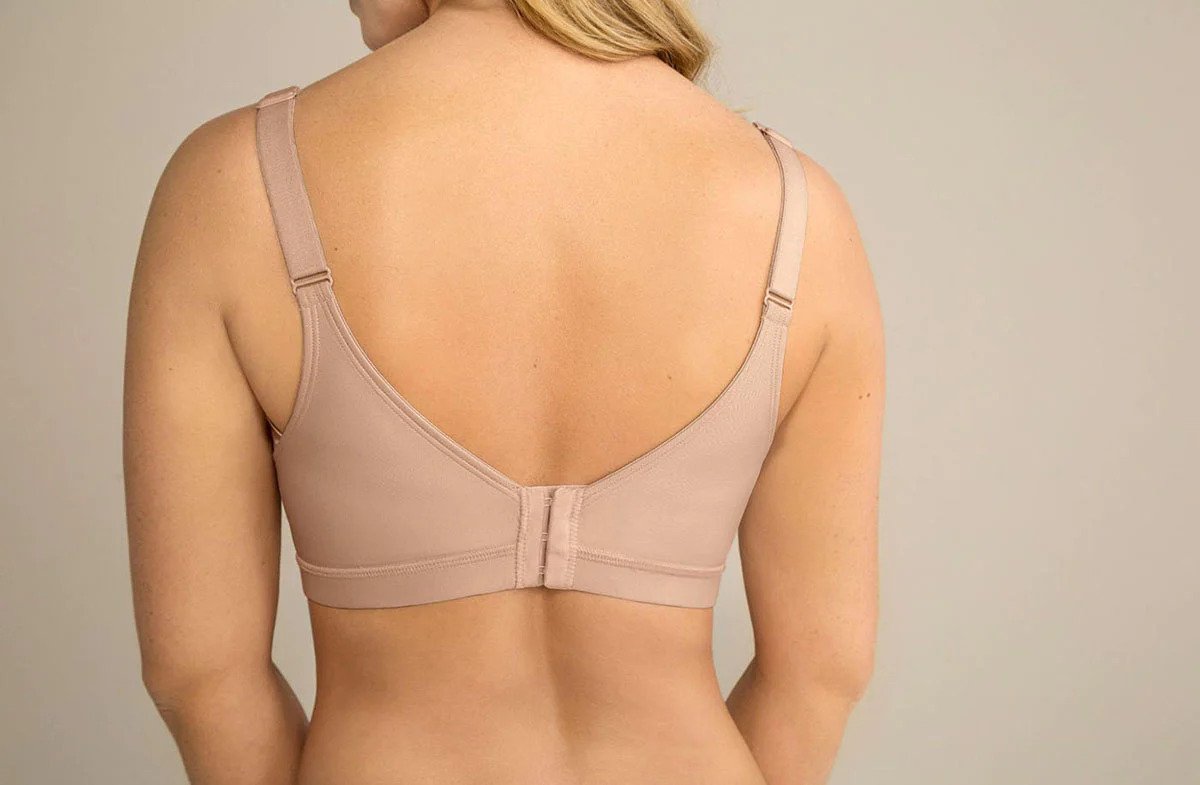

Bras
Why Does My Bra Ride Up
Modified: August 2, 2023
Discover the reasons why your bra rides up and learn how to solve this common issue. Find out the best bras for ultimate comfort and support.
(Many of the links in this article redirect to a specific reviewed product. Your purchase of these products through affiliate links helps to generate commission for Under-tec.com, at no extra cost. Learn more)
Table of Contents
Introduction:
Welcome to the world of bras, where comfort, support, and style intersect. Bras are an essential part of every woman’s wardrobe, but sometimes, they can be a bit frustrating. One common issue that many women face is their bra riding up throughout the day.
So, why does your bra ride up? There can be several reasons behind this discomfort, ranging from an ill-fitting bra band to incorrect cup size or even improperly adjusted straps. Understanding the root causes of bra riding up is crucial to finding the right solution and ensuring a comfortable fit.
In this article, we will delve into the various factors that may contribute to a bra riding up, provide insights on how to choose the right bra size, and emphasize the importance of regular bra fittings.
By the end of this article, you will be armed with the knowledge to bid farewell to the annoyance of a riding-up bra and embrace a more comfortable, well-fitted lingerie experience.
Understanding Bra Fit:
Before we dive into the reasons behind why your bra may be riding up, it’s important to have a clear understanding of bra fit. A well-fitting bra is essential for both comfort and support. It not only enhances your silhouette but also boosts your confidence.
Bra fit is determined by several key factors, including the band size, cup size, strap placement, and overall support. A properly fitting bra will have a band that sits parallel to the floor, snug but not overly tight. The cups should fully enclose the breasts without any spillage or gaps, and the straps should be adjusted to provide adequate support without digging into the shoulders.
Additionally, it’s important to remember that bra sizes can vary between different brands and styles. What may fit perfectly in one brand may not work as well in another. Therefore, it’s crucial to focus on the fit rather than the number or letter on the tag.
Understanding your own unique body shape and breast size is paramount to finding the perfect bra fit. It’s important to embrace your individuality and remember that there is no one-size-fits-all approach to bra shopping.
Now that we have a solid understanding of bra fit, let’s explore the various factors that can cause a bra to ride up, leading to discomfort and frustration.
Causes of Bra Riding Up:
When your bra starts to ride up, it can be an annoying and uncomfortable experience. There are several potential causes behind this issue, and pinpointing the exact reason is essential for finding a solution. Let’s explore some common factors that can cause your bra to ride up:
- Ill-Fitting Bra Band: One of the primary culprits behind a bra riding up is an ill-fitting bra band. If the band is too loose, it fails to provide adequate support and slips up throughout the day. Conversely, if the band is too tight, it can dig into your skin and create discomfort.
- Incorrect Cup Size: Wearing a bra with the wrong cup size can also contribute to the bra riding up. If the cups are too small, they may not fully enclose your breasts, causing them to spill out or push the bra up. On the other hand, if the cups are too big, they may not provide enough support, causing the bra to shift and ride up.
- Straps Too Tight or Too Loose: The straps play a crucial role in providing support and stability. If the straps are too tight, they can pull the bra up and create tension on your shoulders. Conversely, if the straps are too loose, they can slip off your shoulders, leading to the bra riding up.
- Worn-out or Stretched Elastic: Over time, the elastic in bras can lose its elasticity and become stretched out. This can result in a looser band that fails to stay in place, causing the bra to ride up. It’s important to regularly check the condition of your bras and replace them when the elastic starts to lose its effectiveness.
- Lack of Proper Bra Support: Certain bra styles, such as ones without underwire or adequate support, may be more prone to riding up. Bras that lack proper support can’t hold the breasts in place, leading to the bra slipping or riding up throughout the day.
These are just a few common causes of bra riding up. In the following sections, we will explore each of these causes in more detail and provide tips and solutions to help you address them effectively.
Ill-Fitting Bra Band:
One of the main causes of a bra riding up is an ill-fitting bra band. The band of your bra is responsible for providing the majority of the support and anchoring the bra in place. When the band is too loose, it fails to provide the necessary support, causing the bra to ride up.
There are a few reasons why you may have an ill-fitting bra band. One common reason is wearing a band size that is too large. Many women mistakenly believe that a looser band will be more comfortable, but in reality, it leads to a lack of support and a bra that shifts throughout the day.
To ensure a properly fitting bra band, start by measuring your underbust circumference using a soft measuring tape. The band should feel snug but not constricting, and it should sit parallel to the floor around your torso. If the band rides up in the back, it’s a clear sign that it is too loose and needs to be adjusted.
If you find that your current bra band is too loose, try going down a band size. For example, if you currently wear a 36 band, try sizing down to a 34. Keep in mind that as you decrease the band size, you will likely need to increase the cup size to maintain the same cup volume.
On the other hand, if you already wear the smallest available band size and still experience your bra riding up, it may be time to explore brands that offer smaller band sizes or consider trying sister sizes. Sister sizes refer to bra sizes with the same cup volume but different band sizes. For example, a 32D is a sister size to a 34C or a 36B.
Remember, finding the right bra band size is crucial for a comfortable and secure fit. Don’t be afraid to experiment with different sizes and styles until you find the perfect fit for your unique body shape.
Incorrect Cup Size:
Wearing a bra with an incorrect cup size can also contribute to the issue of a bra riding up. If the cups are too small, they can’t fully enclose your breasts, causing them to spill out or push the bra up. On the other hand, if the cups are too big, they may not provide enough support, causing the bra to shift and ride up throughout the day.
It’s crucial to understand that cup size is not a static measurement. As your band size changes, so does the cup size. For example, a D cup in a 36 band size is not the same as a D cup in a 32 band size. This is known as sister sizing, where different band and cup combinations have the same volume.
To determine if you are wearing the correct cup size, pay attention to the fit of your bra cups. The cups should fully enclose your breasts without any spillage or gaps. If your breasts are bulging or overflowing from the cups, it’s a clear indication that you need a larger cup size.
On the other hand, if you notice that there is extra space in the cups or if the cups appear wrinkled or puckered, it indicates that the cups are too big and you may need to go down a cup size.
If you’re unsure about your bra cup size, consider getting a professional bra fitting or using online resources that provide guidelines for measuring your bra size accurately. Remember that finding the right cup size is just as important as finding the right band size to achieve a comfortable and well-fitting bra.
Keep in mind that everyone’s breasts are unique, and bra sizing can vary between different brands and styles. It’s best to focus on the fit and comfort rather than getting hung up on the number or letter on the tag. Experiment with different cup sizes and shapes to find the one that suits your breasts perfectly and prevents the bra from riding up.
Straps Too Tight or Too Loose:
The straps of a bra play a crucial role in providing support and stability. When the straps are not adjusted properly, they can contribute to the problem of a bra riding up. Straps that are too tight can create tension on the shoulders, while straps that are too loose can slip off and cause the bra to shift.
To achieve the right strap tension, start by adjusting the straps so they feel comfortably snug on your shoulders. You should be able to fit two fingers between the strap and your shoulder without it digging in or sliding off. It’s important to note that the majority of the support should come from the band, not the straps.
If your bra straps constantly dig into your shoulders and leave marks, they are probably adjusted too tightly. Loosen the straps a bit to relieve the pressure and redistribute the support more evenly. On the other hand, if your straps constantly slip off your shoulders, tighten them to ensure a secure fit.
Keep in mind that the length of the straps may need to be adjusted depending on your body shape and the style of your bra. Some bras have adjustable straps that can be lengthened or shortened as desired, while others have fixed straps. If your bra has fixed straps and you find that they are consistently too loose or too tight, you may need to consider trying a different style or brand that offers more flexibility in strap adjustment.
It’s also worth noting that over time, bra straps can stretch out or lose their elasticity. If you find that your bra straps are no longer providing the necessary support, it may be time to replace the bra or replace the straps if they are detachable.
Remember, finding the right strap tension is essential for a comfortable and secure fit. Experiment with the adjustment of your bra straps to find the perfect balance between support and comfort, preventing the bra from riding up and ensuring a more enjoyable wearing experience.
Worn-out or Stretched Elastic:
Over time, the elastic in bras can become worn out or stretched, leading to a loose and ineffective band. When the elastic loses its elasticity, it fails to provide the necessary support, causing the bra to ride up. This is a common issue, especially if you’ve had your bra for an extended period or if you wear the same bra frequently.
To determine if the elastic in your bra has become worn out, pay attention to how the band fits. If the band feels loose and no longer hugs your body firmly, it’s a sign that the elastic has stretched and needs to be replaced. You may also notice that the band rides up more frequently than before.
If you suspect that your bra’s elastic has become stretched, it’s time to invest in a new bra. Look for bras with high-quality elastic that have good recovery and longevity. It’s also a good idea to rotate your bras and give them a break between wears to allow the elastic to regain its shape.
Proper care is essential to prolong the lifespan of your bras and maintain the elasticity of the bands. Avoid washing your bras in hot water or using harsh detergents that can weaken the elastic. Instead, opt for gentle hand washing or using a lingerie bag and mild detergent specifically designed for delicates.
Regularly assessing the condition of your bras and replacing them when the elastic starts to show signs of wear is crucial for maintaining a well-fitting bra that stays in place throughout the day.
Remember, the elastic in a bra provides the foundation for support and fit. If it becomes worn out or stretched, the bra will no longer be able to effectively hold your breasts in place, leading to the uncomfortable issue of the bra riding up.
Lack of Proper Bra Support:
Another factor that can contribute to a bra riding up is a lack of proper support. Certain bras, especially those without underwire or adequate support features, may be more prone to this issue. When a bra lacks the necessary support, it fails to hold the breasts in place, allowing the bra to shift and ride up throughout the day.
If you find that your bra doesn’t provide the desired support, it’s essential to reassess the style and features of the bras you’re wearing. Underwire bras are known for their ability to lift and support the breasts, helping to prevent the bra from riding up. Consider opting for bras with underwire if you haven’t already.
Additionally, look for bras that offer additional support features such as wider bands, side panels, or reinforced cups. These features help distribute the weight of the breasts more evenly and provide a more secure fit. Sports bras are also great options for enhanced support, especially during high-impact activities or for larger cup sizes.
It’s important to note that the level of support needed varies from person to person. Assess your own body shape, breast size, and personal comfort preferences to determine the level of support that works best for you.
If you’re unsure about which bra styles or features provide the best support for your needs, consider consulting with a professional bra fitter. They can help guide you towards bras that offer the appropriate level of support and address any specific concerns you may have.
Remember, proper bra support is critical for a comfortable fit that stays in place throughout the day. Whether it’s through underwire, supportive features, or specialized designs, finding the right bras that provide the necessary support will help prevent the frustrating issue of a bra riding up.
Choosing the Right Bra Size:
Choosing the right bra size is crucial for achieving a comfortable and well-fitting bra that stays in place. Many women may be wearing the wrong bra size without even realizing it, leading to issues like a bra riding up. Here are some tips to help you choose the right bra size:
- Measure Yourself Accurately: Start by measuring your underbust circumference to determine your band size. Then, measure around the fullest part of your breasts to find your cup size. Use a soft measuring tape and refer to online resources or consult with a bra fitting expert for guidance.
- Consider Different Brands and Styles: Keep in mind that bra sizing can vary between brands and styles. Don’t get stuck on the number or letter on the tag. Focus on the fit and comfort instead. Try on bras in different sizes, styles, and brands to find the one that works best for you.
- Pay Attention to How the Bra Feels: When trying on a bra, pay attention to how it feels. The band should be snug but not overly tight, sitting parallel to the floor. The cups should fully enclose your breasts without any spillage or gaps. Ensure that the straps are adjusted to provide adequate support without digging into your shoulders.
- Know Your Body and Breast Shape: Understanding your body shape and breast characteristics can help guide you towards the right bra size and style. Certain bra styles may work better for different breast shapes, so consider factors such as fullness, projection, and spacing when choosing a bra.
- Get Regular Bra Fittings: It’s important to get regular bra fittings, as your body and bra size can change over time. Weight fluctuations, pregnancy, hormonal changes, and aging can all impact your bra size. Aim to get fitted at least once a year or whenever you experience changes in your breast size or shape.
Remember, finding the right bra size is a combination of accurate measurements, trial and error, and understanding your unique body shape. Take the time to explore different sizes and styles to find the perfect fit that prevents a bra from riding up and provides you with optimal comfort and support.
Importance of Regular Bra Fittings:
Regular bra fittings are essential for maintaining a comfortable and supportive fit. Your body undergoes changes over time, such as weight fluctuations, hormonal changes, and aging, which can affect your bra size and shape. That’s why it’s important to prioritize regular bra fittings to ensure optimal comfort and prevent issues like a bra riding up.
Here are some key reasons why regular bra fittings are important:
- Accurate Sizing: A professional bra fitting can provide you with accurate measurements and help determine your current bra size. This ensures that you’re wearing the right size and can help prevent discomfort and the need for constant adjustments.
- Addressing Body Changes: Regular bra fittings allow you to address any changes in your body, such as weight gain or loss, pregnancy, or hormonal changes. By getting fitted, you can update your bra size accordingly and maintain a comfortable and well-fitted bra.
- Discovering New Brands and Styles: During a bra fitting, the expert can introduce you to new brands and styles that may better suit your body shape and provide a more secure fit. This expands your options and ensures that you’re exploring the full range of bras available to you.
- Preventing Discomfort: Wearing an ill-fitting bra can lead to discomfort, including a bra riding up. Regular fittings help you avoid this by making sure that your bras are properly supportive, allowing for better comfort throughout the day.
- Boosting Confidence: Wearing a well-fitting bra not only improves comfort but also enhances your confidence. When your bra fits correctly and supports you properly, you’ll feel more confident and comfortable in your own skin.
Ultimately, regular bra fittings are an investment in your comfort, support, and overall well-being. By staying proactive in your bra size and fit, you can ensure that you’re always wearing the right bra and minimize the risk of a bra riding up or causing discomfort.
Don’t hesitate to schedule a bra fitting with a professional, especially if it’s been a while since your last one or if you’ve experienced any changes in your body. Their expertise and guidance can make a significant difference in finding the perfect bras for your unique needs.
Conclusion:
Having the right bra fit is essential for comfort, support, and confidence. If you find yourself dealing with the frustration of a bra riding up, it’s important to identify the underlying causes and make the necessary adjustments.
We’ve explored several common reasons why bras ride up, such as an ill-fitting bra band, incorrect cup size, straps that are too tight or too loose, worn-out or stretched elastic, and a lack of proper bra support. Understanding these factors can help you troubleshoot and find the right solutions.
Remember to measure yourself accurately, pay attention to how your bra feels and adjust the straps correctly. Regular bra fittings are highly recommended to address any changes in your body and ensure that you’re wearing the correct bra size. Getting fitted by a professional can also introduce you to new brands and styles that may better accommodate your needs.
Investing in high-quality bras, taking proper care of them, and replacing them when needed will also help prevent issues like elastic degradation and discomfort caused by worn-out bras.
Ultimately, finding the perfect fit may involve some trial and error. Every woman’s body is unique, and what works for one person may not work for another. Embrace your individuality and prioritize your comfort when selecting bras. A well-fitting bra will not only prevent the annoyance of a bra riding up but also enhance your confidence and overall well-being.
So, next time you put on a bra, pay attention to its fit and take the necessary steps to ensure a comfortable and secure experience. Your breasts deserve the best support, and with the right knowledge and effort, you’ll find the perfect bras that keep you feeling comfortable and confident throughout the day.
